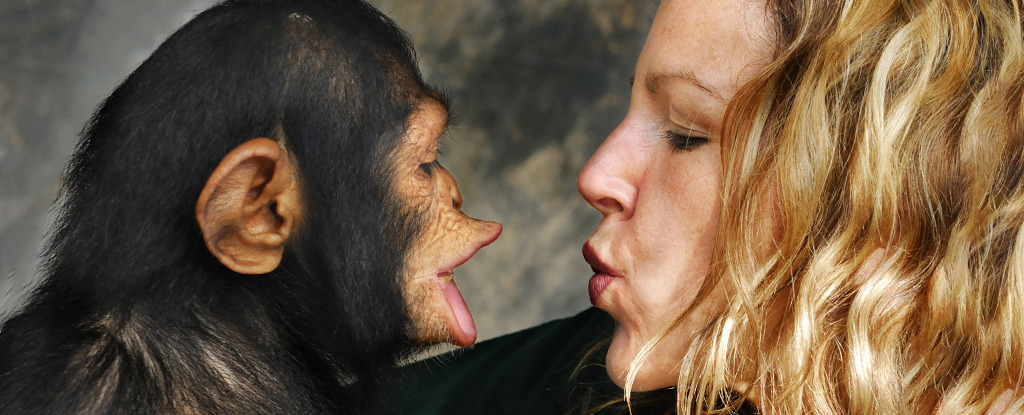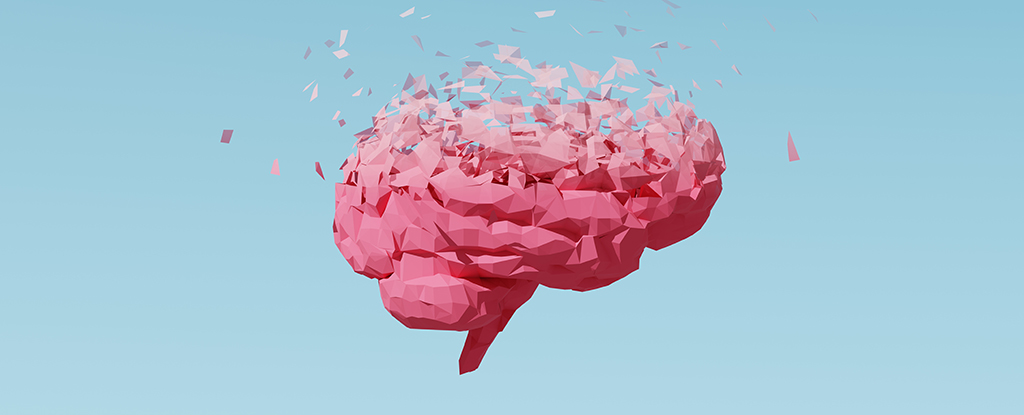Intelligence has allowed our species to not just survive, but thrive across a range of environments. But new research reveals our advantageous smarts come at a cost: a much greater susceptibility to brain decay.
Heinrich Heine University neuroscientist Sam Vickery and colleagues have found the extra neurological capacity we’ve developed since parting ways with our closest relatives more than 6 million years ago has made our gray matter more vulnerable to the impacts of aging.
Vickery and his team applied algorithms to MRI scans from 189 chimpanzees (Pan troglodytes) and 480 human brains to map and compare gray matter volumes. They also examined differences between the brains of chimpanzees, olive baboons (Papio anubis), and rhesus macaques (Macaca mulatta).
The team found no association between brain expansion and age-related decline in comparisons between the chimps and baboons, and even found improvement in aging brain health when comparing chimpanzees and macaques, suggesting it’s our unique cortical expansion that increased our species’ vulnerability to age-related brain degeneration.
“The prefrontal cortex plays an important role in higher-order cognitive functions, such as executive control, working memory, and language,” Vickery and team explain. “The greater expansion of the prefrontal cortex, which has been instrumental in evolutionary development in primate cognition, comes with the detriment of severe age-related gray matter decrease in humans.”
In contrast to the way human brains expanded to accomodate higher cortical functions, regions of chimpanzee brains that are comparatively larger than those in baboons and macaques typically have more to do with sensory information and movement.
“This may be related to chimpanzees’ improved abilities for tool use as compared to cercopithecoid monkeys,” Vickery and colleagues write in their paper.
As we age, the distinct patterns of neurological change that emerge can be exacerbated by degenerative disorders like Alzheimer’s and Parkinson’s.
The prefrontal cortex is among the first regions to be impacted by such age-associated changes, curiously supporting a theory that suggests the last parts of our brain to mature as we develop happen to be the first to experience decline from aging. These locations of the brain also seem to be less dense with neurons than other areas, potentially contributing to the fragility of their cells, the researchers suspect.
While chimpanzees do experience some gray matter loss during aging, it is to a much lesser extent than we do.
Vickery and team caution that most of the chimpanzee MRI samples were female, which may skew their results. So further research is needed with a balanced sex ratio in all compared species to confirm their findings.
If the team’s results prove accurate it certainly puts a personal spin on the saying: with great power comes great responsibility, as maintaining our thinking organ’s incredible capacities requires us to invest more time and effort into looking after it if we want our superpowered thinking capacities to last longer.
This research was published in Science Advances.





